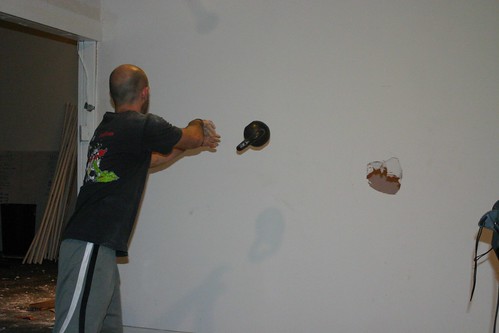The Metabolic Pathways
CrossFit’s first model of fitness, maximizing physiological adaptation via balance of the Ten General Physical Skills, was explored in our last rest day post. Today we continue this theme by presenting CrossFit’s second model of fitness.
There are three metabolic pathways, or engines, that power all human action. The first is the phosphagen pathway, which dominates the highest powered activities and lasts less than ten seconds. One rep max heavy lifting, one rep max Olympic lifting, max vertical jump, and 40 yard dashes are examples of phosphagen powered activities. The second metabolic engine is the glycolytic pathway, which lasts from one to several minutes, and drives moderate powered activity.
400 meter sprints and 500 meter row are primarily glycolytic. Both the phosphagen and the glyolytic are ‘anaerobic’ pathways, that is, they do not require oxygen to produce energy.
The third pathway is the oxidative, which dominates all low powered activities, has no detectable drop off in energy, and is aerobic, or requires oxygen for energy. Long, slow distance jogging and sitting in front of a computer are examples of oxidative activity.
A development of note is the recent discovery of a fourth pathway, the lactate shuttle, by UC Berkeley in 2006. Peaking around 6 to 9 minutes CrossFitters seem to have been maximizing it’s use to known measurements, and it’s discovery is enormous to the future of CrossFit.
True fitness requires competency and training in each of these pathways, and balancing their effects is essential to the ‘cardio’ or metcon aspect of WOD prescription. To wit, time domain matching of the WOD to sport, task, mission, and life is key to an effective strength and conditioning program.
The two biggest mistakes in handling the pathways are training heavily in favor of one or two to the exclusion of the others, and not recognizing the detrimental impact overtraining in the oxidative pathway has on the phosphagen and glycolytic ones.

















